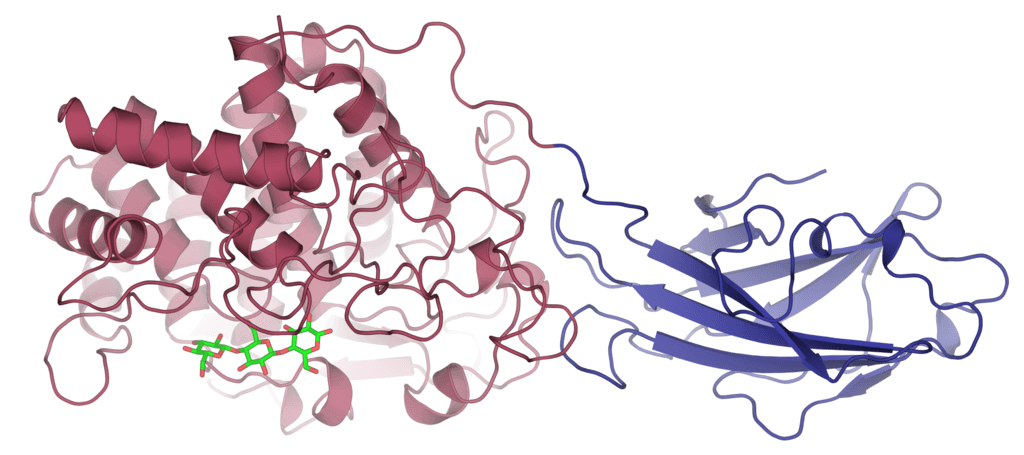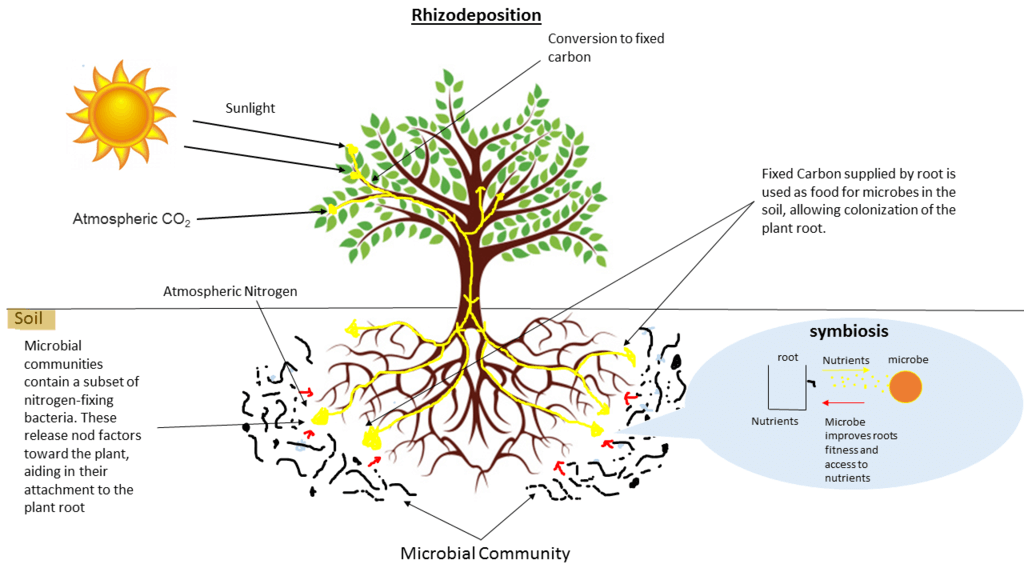- What Are Plant Enzymes?
- How To Use Plant Enzymes
- Plant Enzyme Products
Introduction
Many people know enzymes are catalysts that helps with our own digestive systems, so why are enzymes important in plant life? Plant enzymes can be used to help breakdown dead root matter and prevent salt build up in the growing medium. Enzymes occur naturally in soil, and so for most soil-based substrates, there may be no need for supplemental enzymes. However, in certain areas outdoors, or if using a soilless medium, these enzymes are absent. Adding enzymes in these situations will boost the level of microbial activity in the root system, and allow for more efficient nutrient absorption overall.

There are several approaches when it comes to cannabis cultivation, some growers choose to add plant enzymes directly into the plant’s substrate, while other growers choose to foster a healthy ecosystem within the medium to encourage microorganism growth and enzyme secretion from these microbes. Enzymes beneficial to plant growth are naturally produced by certain types of fungi and bacteria because they are mainly responsible for the breakdown of organic matter. Microbes like mycorrhizae or trichoderma are just two common examples of microbes that are useful to growing cannabis.
What Are Plant Enzymes?
Plant cells contain cellulose which is converted by various fungi and bacteria into several products including sugars (3). Plant enzymes are catalysts that can speed up reactions that occur naturally in the rhizosphere, especially the decomposition of cellulose (4). Soils naturally rich with microbes would contain a sufficient amount of enzymes, but inert growing mediums do not contain many microbes. Inert growing mediums will benefit from adding these products in whether it is during transplanting, feeding, or mixing into the growing medium. Plant Enzymes can aid in the breakdown of dead root matter and salt buildup allowing nutrients to become more available to cannabis plants. They are also effective when used in a soilless medium but can be used with any grow medium depending on the types of enzymes. The most common plant enzymes are Cellulase, Xylanase, Beta-Glucanase, and Hemicellulase.
How To Use Plant Enzymes
Plant Enzymes should be mixed and then applied directly to the substrate. Most of these products should not be used as a foliar spray as it is ineffective. Depending on the plant enzyme product that you choose, the usage rates will vary. Plant enzyme products can be mixed in with nutrients for a feeding, but I have had noticeable results mixing enzymes with my water for a weekly flush. If you are using more nutrients in your mix (higher ppm when you feed) then your plants could benefit from plant enzyme products. Remember to pH the mix prior to watering your plants. The most common plant enzymes can tolerate a pH range of 6-8 (5). How you use it and when you use the plant enzyme products is up to personal discretion, but remember it can get expensive.

Plant Enzyme Products
There are several plant enzyme products that work well for cannabis, you may have to try a few of these different products out to find which works best for the growing setup you currently run. I have provided a short table below outlining these particular enzyme products, their cost, their ingredients, usage rate, and any available SDS files associated with the product.
| Enzyme Product | Available Size and Cost | Listed Ingredients | Usage Rate | SDS file |
|---|---|---|---|---|
| Humboldts Secret Plant Enzymes | 32oz for $110 | Cellulase 7000 units/mL | 1mL/gal | not available |
| Hygrozyme | 4L for $114 | 1,000U/mL Cellulase 100U/mL Xylanase 40U/mL Beta-Glucanase 75U/mL Hemicellulase | 2-6mL/gal | [Hyogrozyme SDS](http://bwgs.blob.core.windows.net/docs/SDS%20Hygrozyme.pdf) |
| Hesi PowerZyme | 1L for $23 | Protease and Glycerin | 20mL/10L | [PowerZyme SDS](https://www.i-c-t.us/wp-content/uploads/POWERZYME-MSDS.pdf) |
| SLF-100 | 1 gallon for $134 | No Listed Ingredients | 2.5mL/gal - 5mL/gal | [SLF-100 SDS](https://vitallandscaping.com/wp-content/uploads/2018/11/SLF-100-MSDS.pdf) |
| EnzymesKomplete Natural Cleaner | 4L for $88 | No Listed Ingredients | 6-8mL/gal | not available |
| Dyna-Gro Dyna-Zyme | 1 gallon for $83 | No Listed Ingredients | 1tsp/gal | [Dyna-Zyme SDS](https://dyna-gro.com/wp-content/uploads/2019/04/SD_DG_Dyna-ZYME.pdf) |
| Cannazym | 5L for $113 | Cellulase 1% Soluble Potash 1% Available Phosphate 2% | 25mL/10L | [Cannazym SDS](http://www.shophydroponix.com/media/catalog/product/pdf/11050060/MSDS%20sheet%20EN/MSDS-%20Canna%20Cannazym.pdf) |
| Grow More Bio-Cozyme Bio-Stimulant | 1 gallon for $38 | Nitrogen 0.3% Phosphate | 2-4fl. oz/100gallons | not available |
Conclusion
Many plant enzymes play a role in the decomposition of organic matter. In cannabis cultivation, enzymes are often used to help break down dead root matter and to prevent nutrient build-up. They serve as a catalyst for microorganisms to help break down molecules at an increased rate. This effect that plant enzymes have on microbial life in nature means they are essential for the nutrient-recycling process. If you are not using any enzyme products it may be worth considering, depending on what substrate you are using and what microbial inoculants you use there could be an imbalance that can be optimized within the plant’s rhizosphere.
Comments powered by Talkyard.